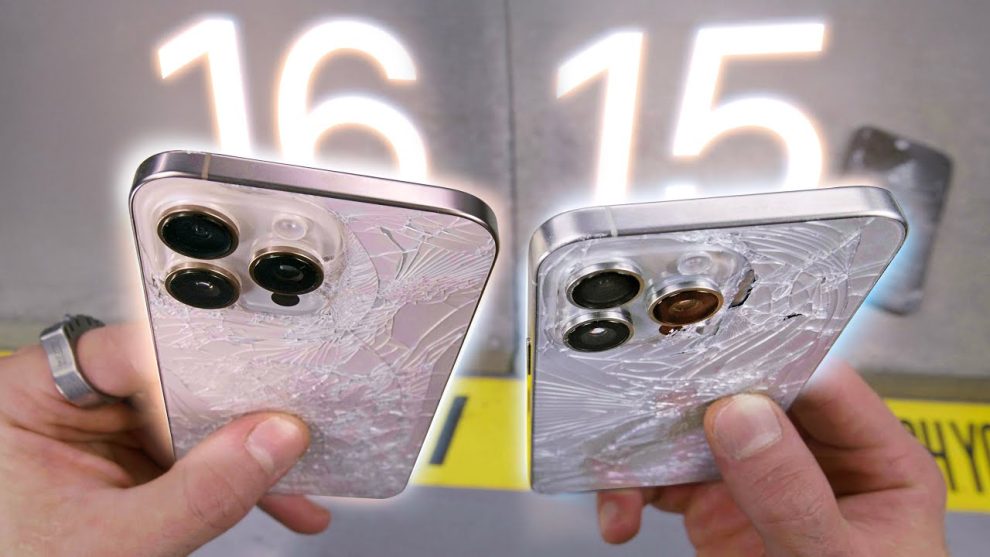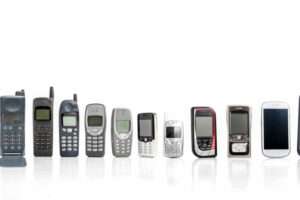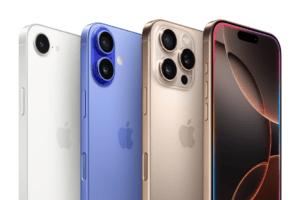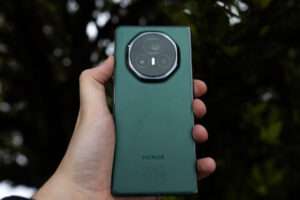On a sunny afternoon in Sydney, Australia, tech enthusiasts gathered to witness a highly anticipated event – the first drop test comparing the new iPhone 16 Pro against its predecessor, the iPhone 15 Pro. As Apple boasted about its second-generation Ceramic Shield being 50% tougher, the crowd buzzed with excitement, eager to see if the claim would hold up under real-world conditions.
Sam Kohl, the popular tech reviewer behind Apple Track, stood before the crowd, holding two gleaming devices: a Desert Titanium iPhone 16 Pro and a Natural Titanium iPhone 15 Pro Max. Today, we’re going to put Apple’s claims to the test,” Kohl announced, his voice barely audible over the murmur of the onlookers.
The test was designed to simulate real-life scenarios, starting with minor drops and escalating to more severe impacts. As Kohl explained the methodology, spectators leaned in, their smartphones at the ready to capture every moment of the impending destruction.
The first drop, a mere pocket-height fall, elicited gasps from the crowd. Both phones suffered minor cosmetic damage, with small dents visible on their bottom edges. “It’s just cosmetic,” Kohl reassured the audience, “but it shows how even a small drop can leave its mark.”
Moving on to chest-high drops, the damages became more pronounced. The iPhone 16 Pro, in particular, showed more visible wear on its bottom edge. The titanium seems to be taking a beating,” one onlooker remarked, her brow furrowed with concern.
As the test progressed to head-height drops, the atmosphere grew tense. Surprisingly, it was the newer iPhone 16 Pro that faltered first. After a particularly nasty fall, its screen went dark, rendering the device unresponsive.

“This is unexpected,” Kohl commented, his voice tinged with surprise. The iPhone 15 Pro is still functioning, while the 16 Pro has become unresponsive.” He theorized that the iPhone 16 Pro’s thinner bezels might be leaving its display more vulnerable to impact, especially at the corners.
The back-drop tests brought familiar results to many in the audience. Both phones suffered the dreaded “spider web” cracks on their rear glass panels. However, in a twist that raised eyebrows, the iPhone 16 Pro seemed to fare slightly better in the higher drops.
“It’s like the new phone is more resilient to extreme impacts, but more vulnerable to everyday accidents,” observed Sarah Chen, a tech analyst in attendance.
The face-down drops were the main event, and they didn’t disappoint in terms of drama. From waist height, the iPhone 16 Pro sustained a large scratch along its display, while the iPhone 15 Pro escaped with minor damage to its upper corner.
As the drops increased in height, a pattern emerged. The iPhone 16 Pro’s display, while cracked, seemed to contain the damage better than its predecessor. After a jaw-dropping 12-13 foot drop, both phones were worse for wear, but the iPhone 16 Pro’s screen remained smoother to the touch.
“You can really see the difference in the Ceramic Shield protection,” Kohl explained, holding up both devices side by side. “The iPhone 16 Pro’s display, despite being non-functional, has held up structurally better than the 15 Pro.”
As the dust settled on the concrete testing ground, the results painted a nuanced picture. While Apple’s claim of a 50% stronger Ceramic Shield seemed to hold some water, particularly in extreme drops, the iPhone 16 Pro showed unexpected vulnerability in certain scenarios.
It’s a mixed bag,” Chen concluded. “The new Ceramic Shield does appear stronger overall, but the thinner bezels might be a weak point for everyday accidents.”
Kohl nodded in agreement, adding, “If there’s one takeaway from this test, it’s that no matter how strong the glass, a case is still a wise investment for your iPhone.
As the crowd dispersed, discussing the results animatedly, one thing was clear: while smartphone durability continues to improve, the perfect balance between sleek design and rugged resilience remains elusive.
















Add Comment